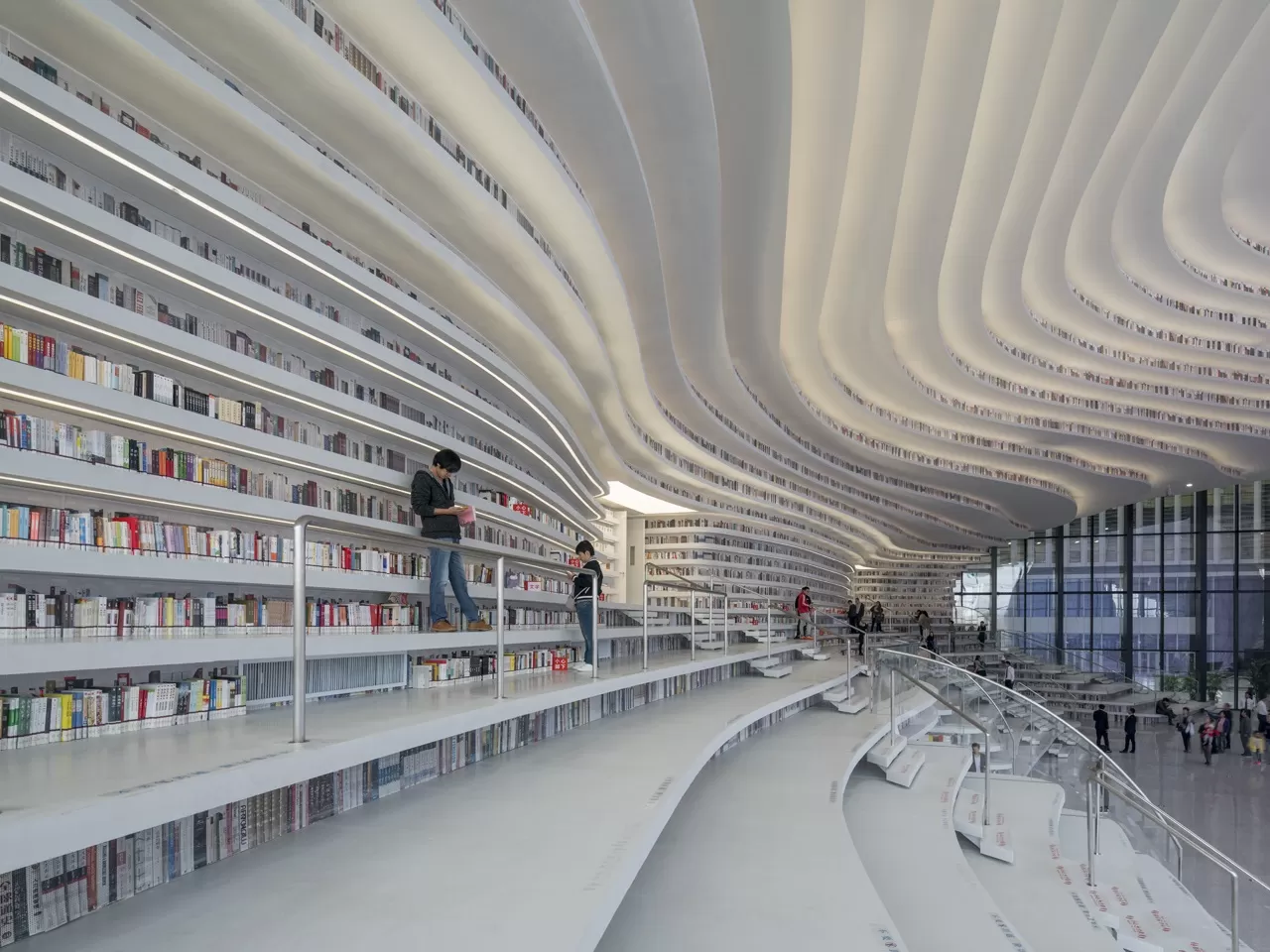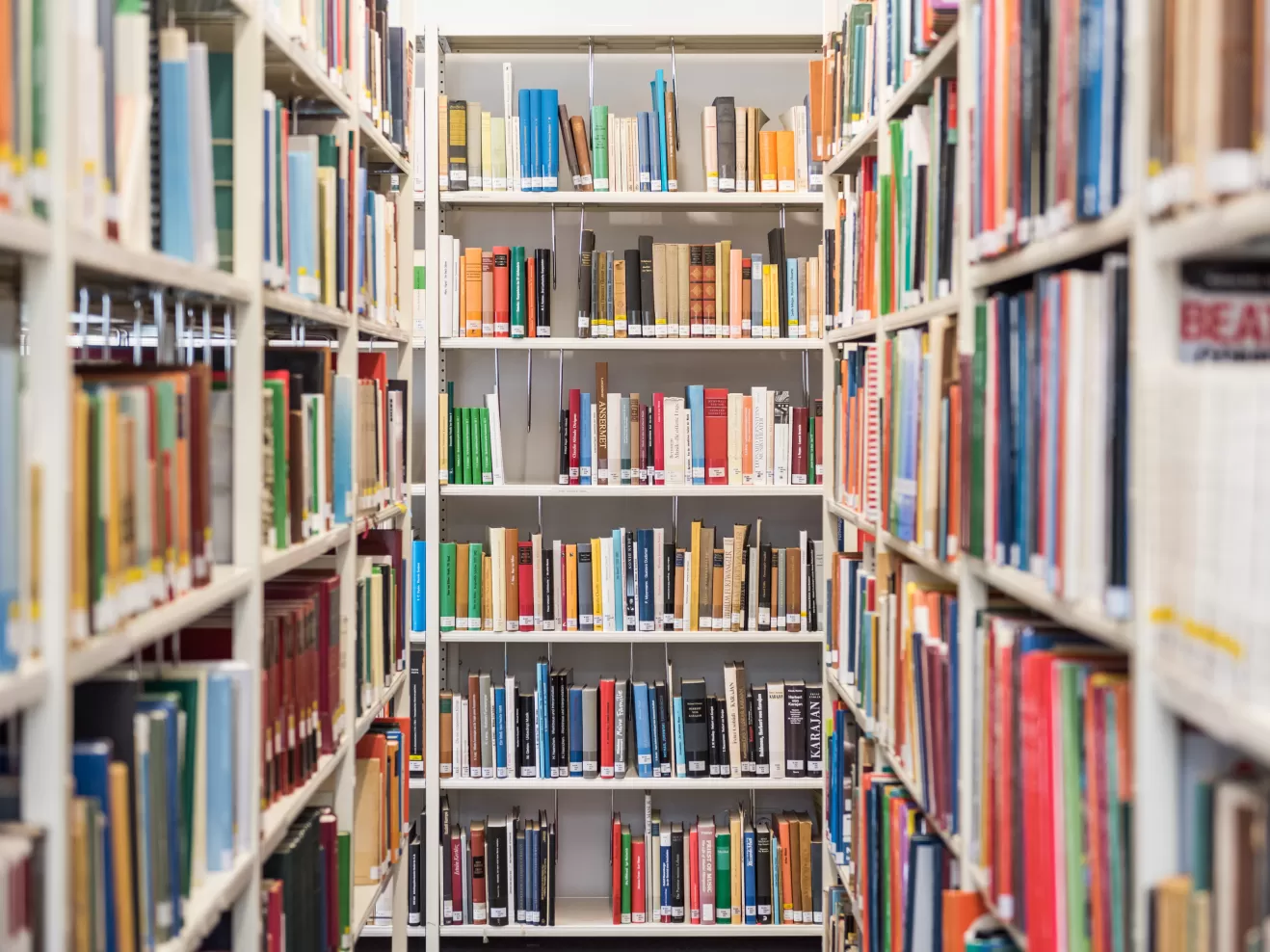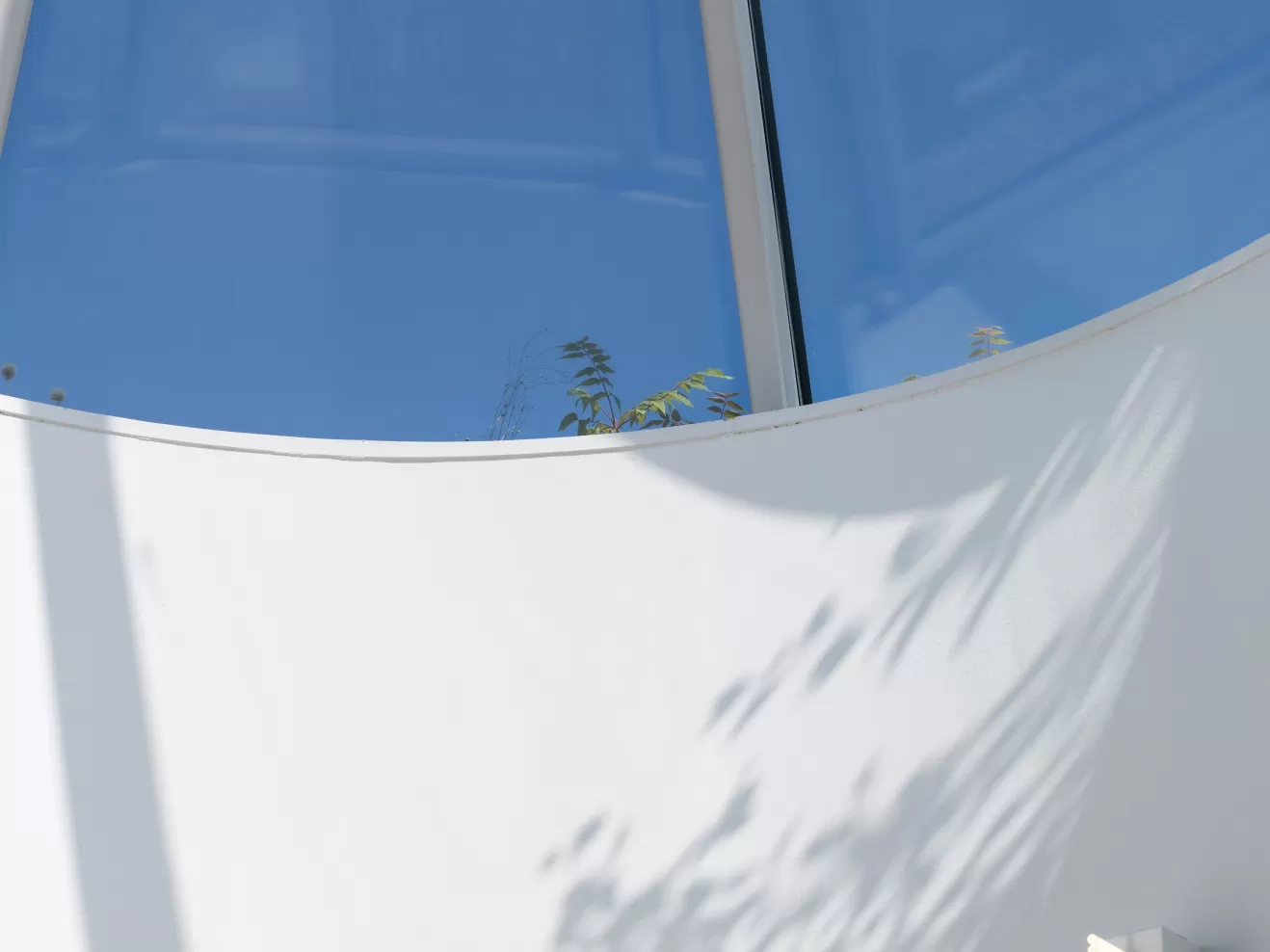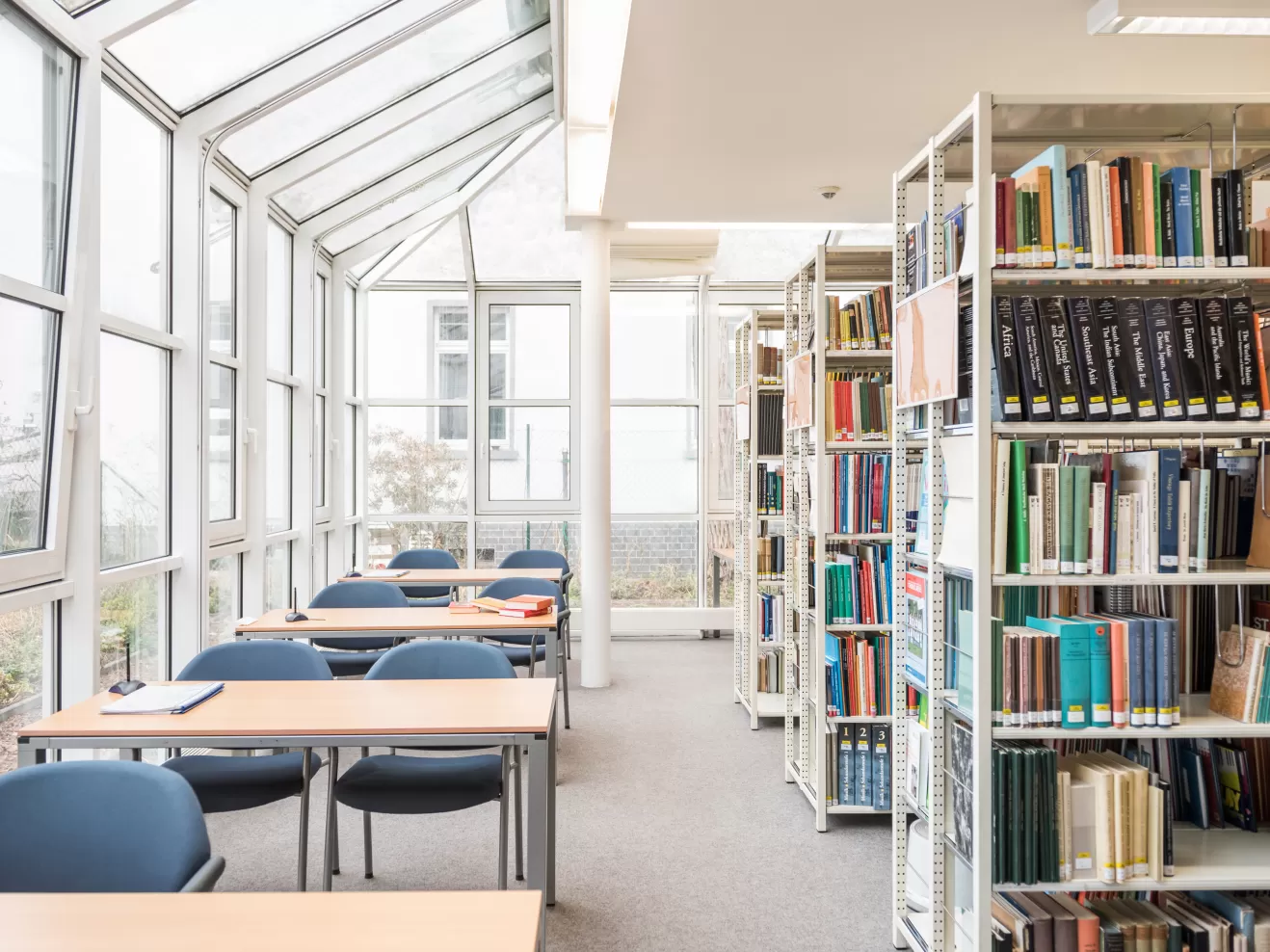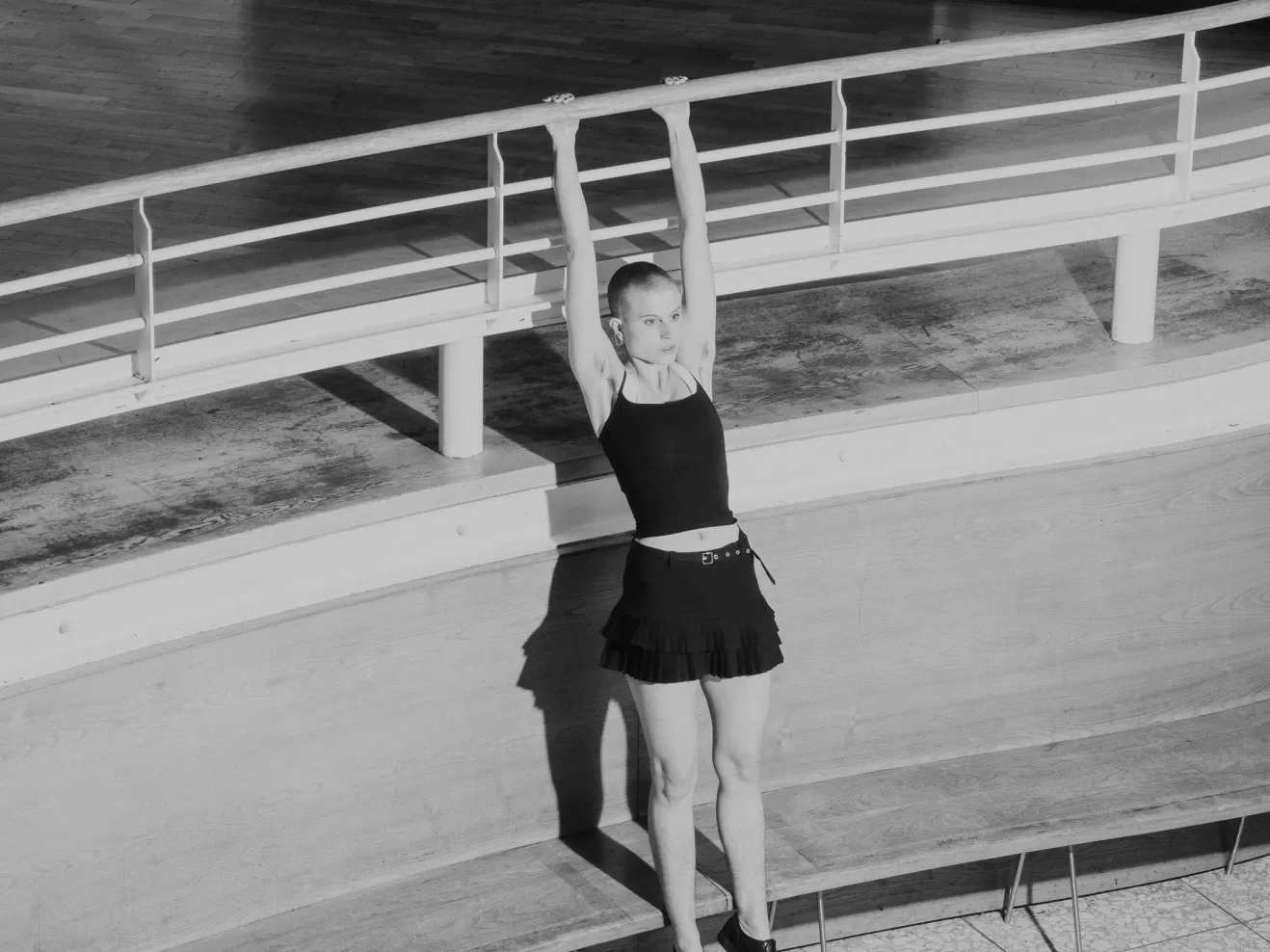Happy in the "madhouse" of contexts
Reading is a cultural technique. Using a library and searching in the catalog must be learned. But the best thing about visiting a library, working and lingering in the reading room is what you don't have to learn.
TEXT: MARIE WOKALEK
Our time, as Michel Foucault put it at the end of the 1960s in his text "Of Other Spaces",
is more an age of space than of history. "We live in an age of simultaneity, of juxtaposition, of near and far, of juxtaposition and dispersion." Structuralism attempts to "establish relationships between elements that are distributed over time" and to make them appear "as a juxtaposition, as a counterpart, as something nested". From this perspective, the world appears as a spatial network of intersecting strands that connect different points to form configurations.
The experiences we have today in the digital spaces of the Internet fit well with Foucault's sketch of our age as a network of configurations. For me, the digital age without concrete library spaces would be a nightmare space for this very reason.
Space and place
In German, the noun library initially refers to the specific location of a collection of books, sheet music or media in a building - a book room. In a figurative sense, the individually compiled collection of books that you take with you when you move (or usually cannot take with you when you flee, which exacerbates the uprootedness) is sometimes also called a library.
»The library stands there like a ladder to infinity.«Alfred Polgar: Small writings
For me, a library is a place that allows me to lose myself on discovery tours to the configurations and intersections that the books or scores hold. Here I can run into labyrinths without a common thread, weave my own networks of thoughts and fall off again and again. In the infinite space of thought that the collections open up, I nevertheless remain secured by my physical presence in the specific location of the reading room. Its architecture - as shabby or grandiose as it may be - the established order of its holdings, the materials scattered around me on the table, my right and left hand pushing these objects back and forth, sorting and stacking them: all this offers me the three-dimensional support that is crucial for orientation in thinking.
Physicality, sensual and social experience
Reading is a cultural technique. Using a library and searching the catalog must be learned. But the best thing about visiting a library, working and lingering in the reading room is what you don't have to learn: looking, listening, feeling, smelling, sleeping, yawning, stretching, standing up, sitting down, walking around, climbing on step stools or ladders. The sensuality of the whole process and its social dimension puts any wiping and typing on the small screen at home on the sofa in the shade. It's quiet in the library, paper rustles, someone speaks too loudly or plays the annoying Windows sound when they switch on their laptop. Somewhere, someone is snoring or sneezing. It smells dusty or too strongly of perfume. A window is banging. The sun is blinding or it's too dark.
»We enter books/ like inns/ hungry thirsty/ famished.«Thomas Bernhard: Ritter, Dene, Voss
In the reading room, all readers and learners form a social body that breathes, thinks and dreams. You meet people you really wanted to see again and often enough those you actually wanted to avoid. You usually spend far too long chatting at the photocopier, the coffee machine or the lending desk - and come up with the best ideas in the process.
Order, close to madness
In his text quoted above, Foucault counts libraries among the so-called "other spaces", the "counter-places". He calls these places "heterotopias", "actually realized utopias". Libraries are characterized as heterotopias by the fact that, according to Foucault, "time is incessantly accumulated and piled up in them". Like the cinema or the theater, libraries also juxtapose different, actually incompatible spaces in a single place.
That borders on madness. And the fact that all order "especially in these areas is nothing but a state of suspension over the abyss", as Walter Benjamin writes in "I unpack my library", has long since become a literary topos. Architecture is called upon to find a suitable form for this state of limbo.
»'Mr. Librarian,' I exclaim, 'you must not leave me without telling me the secret of how you find your way through this [...] madhouse of books«Robert Musil: The Man without Qualities
As imperfect as the order of the holdings may be, the use of manual media in a concrete architectural space will always have an indispensable advantage over purely digital spaces: The arrangement shows me the contexts and does not send me on a nightmarishly endless flowing wave from hyperlink to hyperlink.
